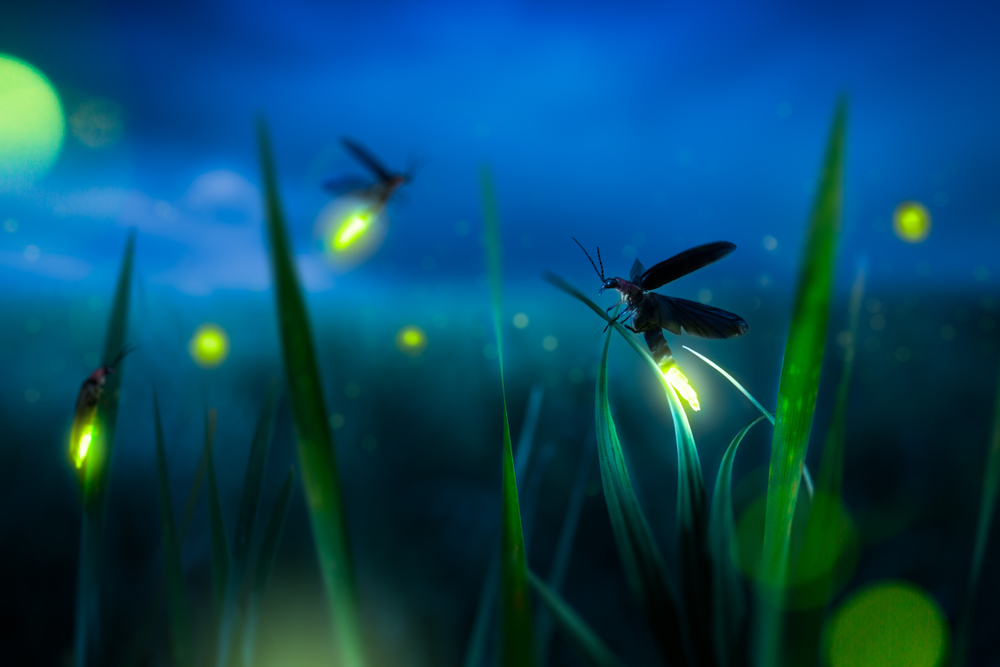Everyone has been at least ones in their life been astonished by the lightning bugs that light up at random in the evening skies. These charming little insects, seemingly like fairy lights flying in the horizon, are fireflies.
Fireflies are nature’s natural light decor, giving an extraordinary, peaceful aura to the air when you see them out and about. They come out in summers near wet areas, or mostly on a warm day after rain. Young children especially love these lightning, fairy-like insects. But due to a few reasons, these beautiful wonders of nature are depleting and disappearing.
But, why are fireflies disappearing? Amphibians, butterflies usually make it to the news due to their present endangered status. And now fireflies are being included in the list, too. And it looks like there is more than a single factor responsible for the upcoming survival danger for the fireflies.
Why are fireflies disappearing?
The fireflies have a wetland habitat. The young larvae of these insects live in marshy regions, or wet areas like rotting wood, or forest ground. The firefly species can be more or less aquatic, and some species are found even in dry areas. But usually, the larger firefly population is seen near a standing water source. The optimal temperature for the fireflies is a warm and wet climate.
The answer to why are fireflies disappearing is that as the human population is growing, more forest areas, wetlands are being cleared to accommodate housing needs. With clearing the areas or particular animal habitats, the natural ecosystem, and living conditions of those animals, are lost. The same is the case with the fireflies. As the wetlands are being turned into more residential areas, the firefly population is losing its home.
Fireflies and light pollution
Fireflies and light pollution do not go together very well. The bioluminescence of the fireflies is a conversing mechanism of the insects. The insects depend upon their light signals to communicate, locate each other, mate, and also to escape predators. But with artificial lights taking over, like lightbulbs, car headlights, street lights, etc. the fireflies find it very difficult to locate each other. Their little, small lights diminish in front of the strong artificial lights. As their mating chances decrease, a substantial population does not get made, and hence they are slowly decreasing in number.
A study in BioScience, apart from determining the factors leading to a decreasing firefly population, also said that they are looking for exact statistics on how human interference is causing the decreasing firefly population.
Curiosity might save the decreasing firefly population
Humans work in unexplainable ways. While our residential endeavors are killing fireflies, human curiosity to see these beautiful beings are also helping to save and relocate the fireflies.
Firefly parks are being opened in China, and their instant success is motivating the parks to be opened every year. The Smoky Mountain National Forest experience synchronized fireflies, and people give an exciting response to visiting such events. These parks help keep fireflies and light pollution separate.
If you want to do your part in saving the decreasing firefly population, create small firefly habitats around your home, so that the generations to come will not miss these beings that look straight out of a fairy tale.




